Back in February of this year, before the dreaded “lockdown”, I flew to Nassau on New Providence Island in the Bahamas to stay for a couple of weeks. This was rather out of character, since I am not normally a globe-trotter, but it was designed as a trip to research some settings for the second novel I am writing wherein the heroine sails to Nassau from Liverpool in 1864.
On my arrival the town at first defined my expectations, but not in a good way. Walking the short distance from my hotel to the “downtown” area at dusk in search of congenial rest and refreshment, I found everything closing-up and the prevailing atmosphere unsettling, so that I was forced to retreat to the hotel bar for the evening. I soon learned that downtown, which is basically Bay Street and Woodes Rogers Walk that run parallel at the harbour-front, caters almost exclusively for the cruise-ships that visit in the daytime. Along this tawdry esplanade of gift shops and insalubrious eateries, hustling for tourist dollars is the overriding preoccupation.
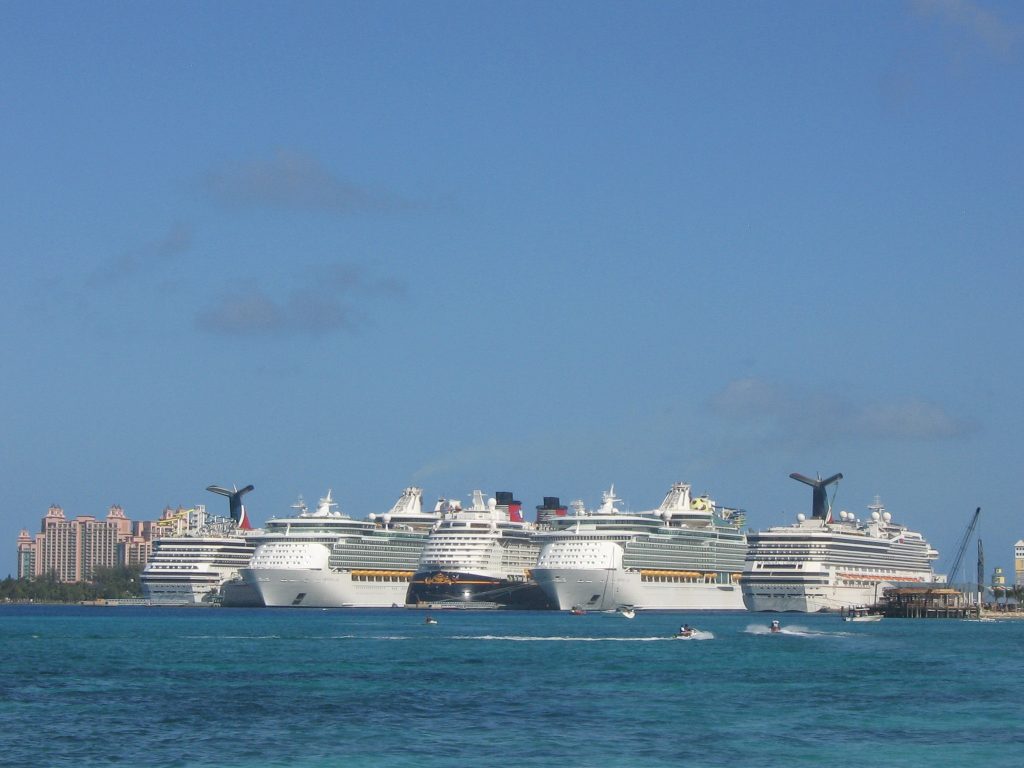
Five huge cruise-ships tie-up at the Prince George Wharf, at right angles to the harbour-side Woodes Rogers Walk, every day. My Photo
To the left of the above picture loom the massive installations of “Paradise Island” (formerly the more prosaic Hogg Island) which is an entirely self-contained resort, the residents of which do not seem to visit the town of Nassau at all.
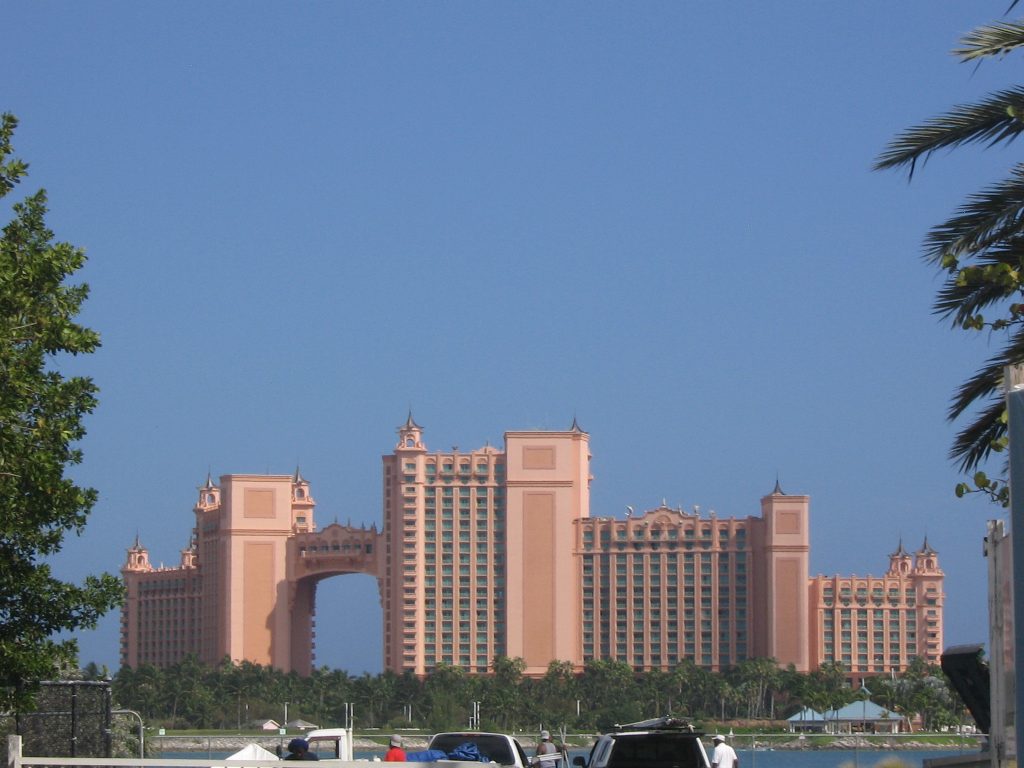
A closer view of Paradise Island from the shore to the east of Nassau. My Photo
Apart from the beach bars of Arawak Cay and Junkanoo, the town centre has almost no native life of bars, shops or restaurants of its own. Indeed a number of the streets climbing the low ridge rising inland from the harbour are actually derelict, their buildings being reclaimed by nature. Like the protagonist in the Beach Boys’ classic rendition of “Sloop John B”, my initial impressions of Nassau left me feeling so broke-up I wanted to go home (and we’re talking here about my home being the then storm-lashed and wintery north of England!).
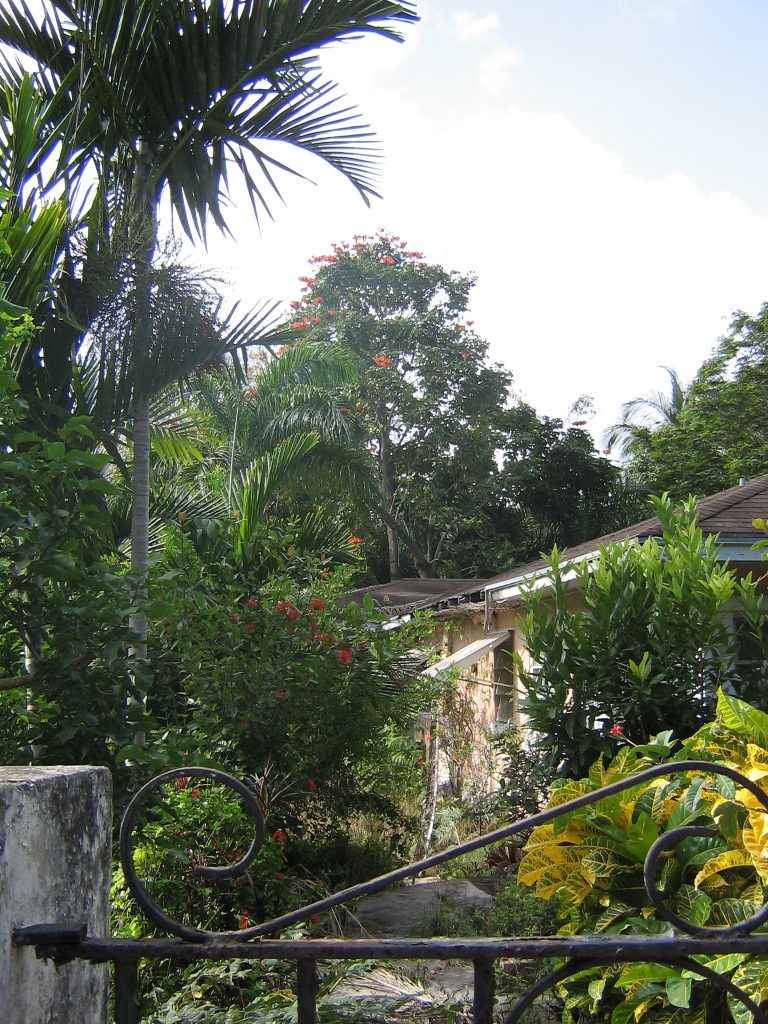
A derelict bungalow to the South West of Nassau town centre, near Clifford Park. My Photo
Knowing something of the history of the Bahamas, it occurred to me to compare the current era of cruise-ship driven prosperity to previous boom-times in Nassau brought about by temporary incomers. I’m thinking of its periods as a nest of piracy in the early eighteenth century, as a base for Confederate blockade running in the American Civil War in the 1860s, and as a hub for liquor-smuggling into the US during the 1920s prohibition. Perhaps in the aftermath of the current global pandemic with its social distancing, the ascendancy of the cruise-ship will prove to be as ephemeral for the town as were those other historical phenomena in their day.
But, if so, it will leave a most pleasing alternate aspect of the town, which I was soon to discover during my stay, entirely intact. Some parts of Nassau which few cruise-ship excursioners visit, particularly those around Government House atop of the ridge, are very beautiful.
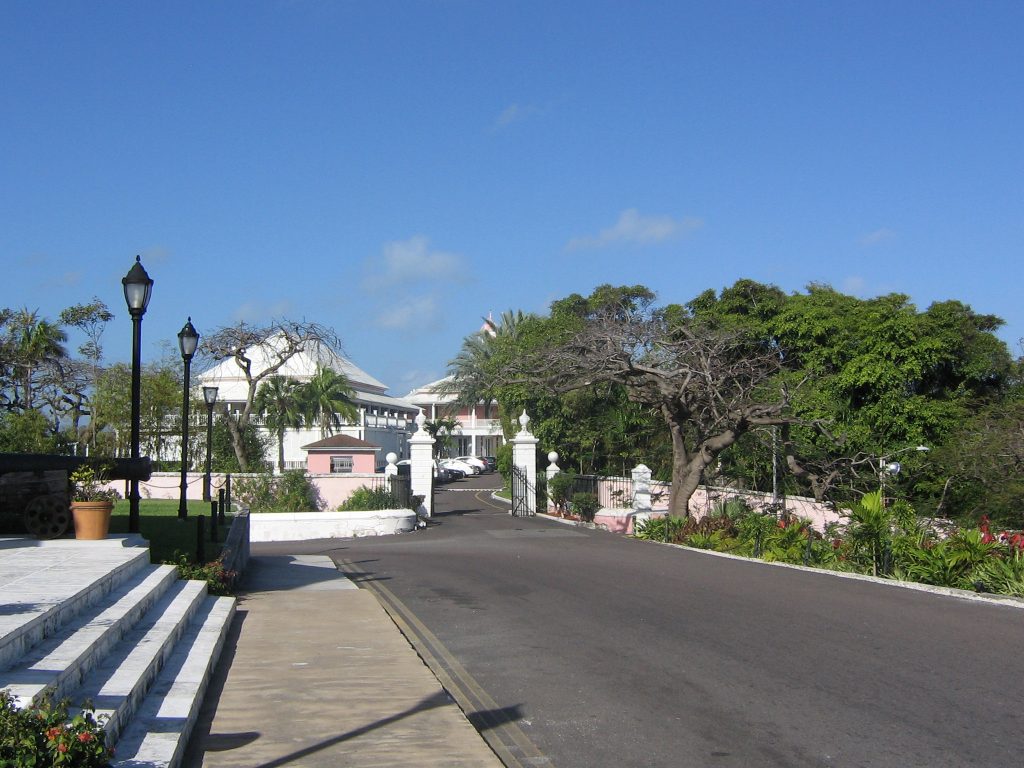
Government House, looking westward. My Photo

A view along West Hill Street, looking east. My Photo
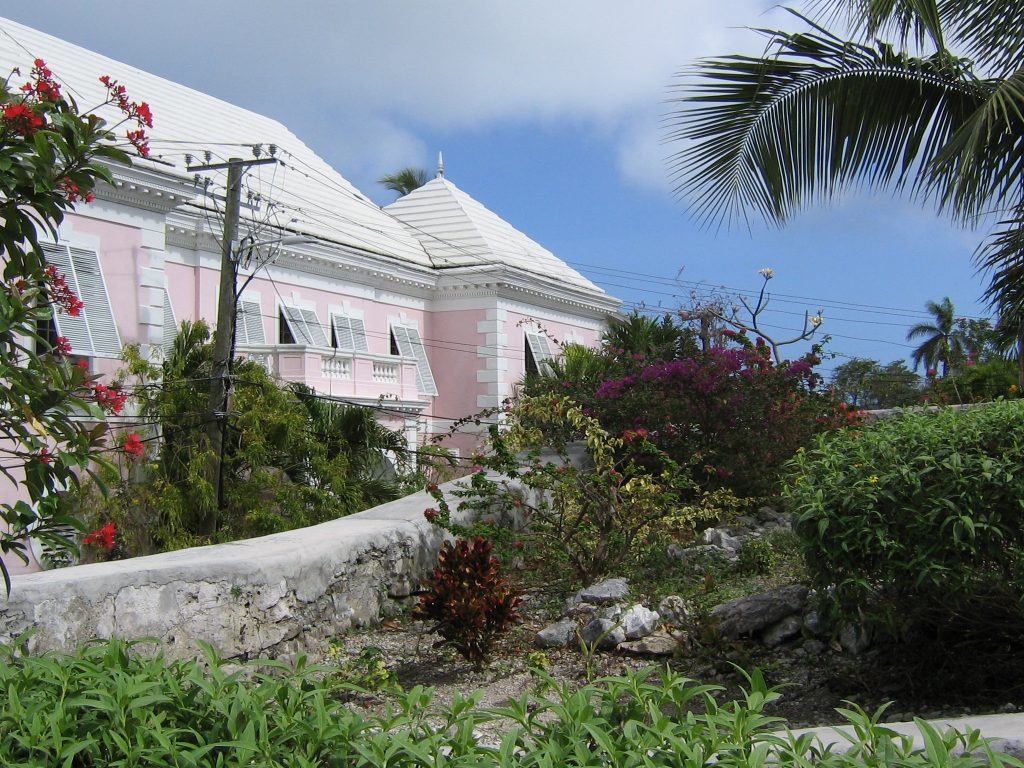
A garden by the National Art Gallery of the Bahamas, off West Hill Street. My Photo
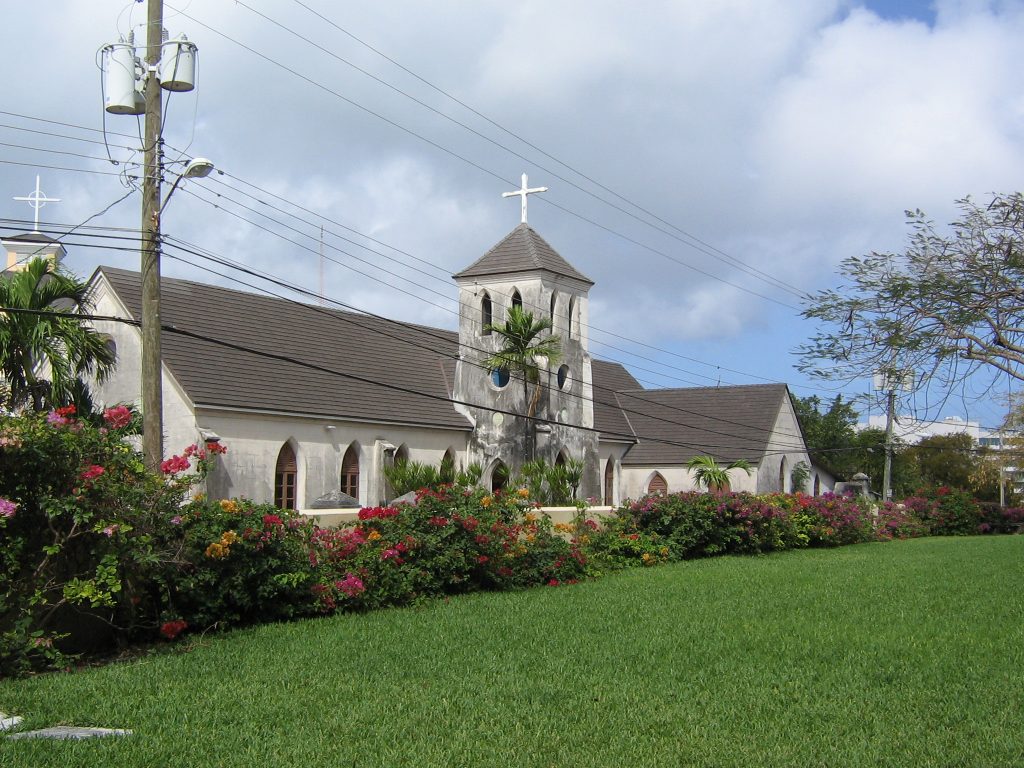
A view of St Francis Xavier Cathedral from the National Art Gallery of the Bahamas garden, looking North West. My Photo
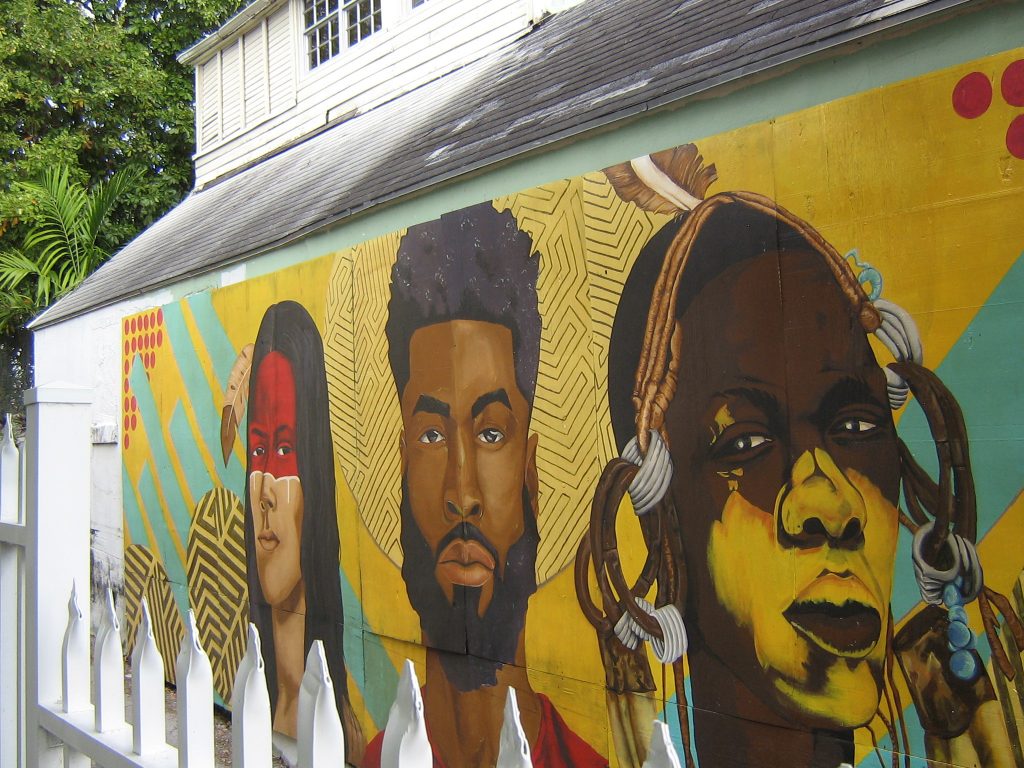
I was delighted to find, as my explorations widened, that the town actually hosts many notable attractions that I seemed to have pretty much to myself, all staffed by the most helpful, friendly and informative local people you could wish to find. I particularly enjoyed the National Art Gallery of the Bahamas, the Heritage Museum of the Bahamas, the Nassau Public Library, and Fort Charlotte.
At the Bahamas Historical Society Museum, I was settled down at a table with a cup of tea and given wonderfully informed help with my researches. At the Balcony House Museum, I was offered some tremendous insights into the historical nature of Bahamian society. At The Retreat, a bus ride out to the southeast of town, I discovered a gorgeous ornamental garden run by the Bahamas National Trust. And at Ardastra Garden, I enjoyed a terrific garden/zoo replete with exotic birds and marching flamingos.
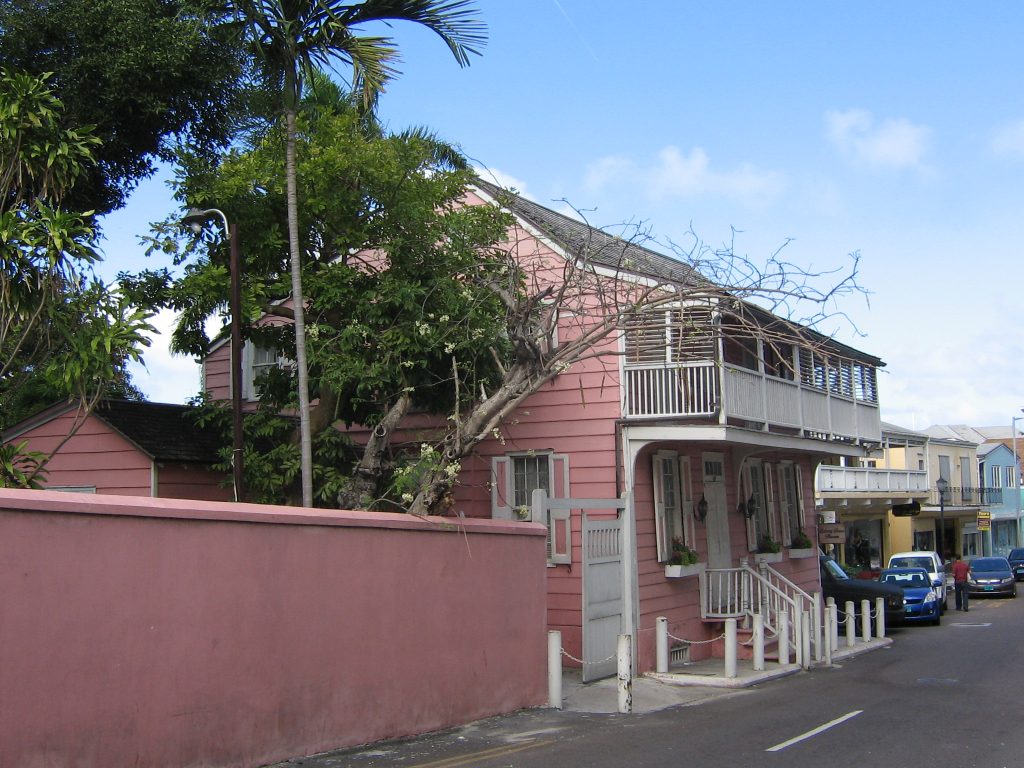
Balcony House Museum. My photo. Home of Stephen Dillett (abt., 1797-1880), the first person of colour elected to a seat in The Bahamas House of Assembly.
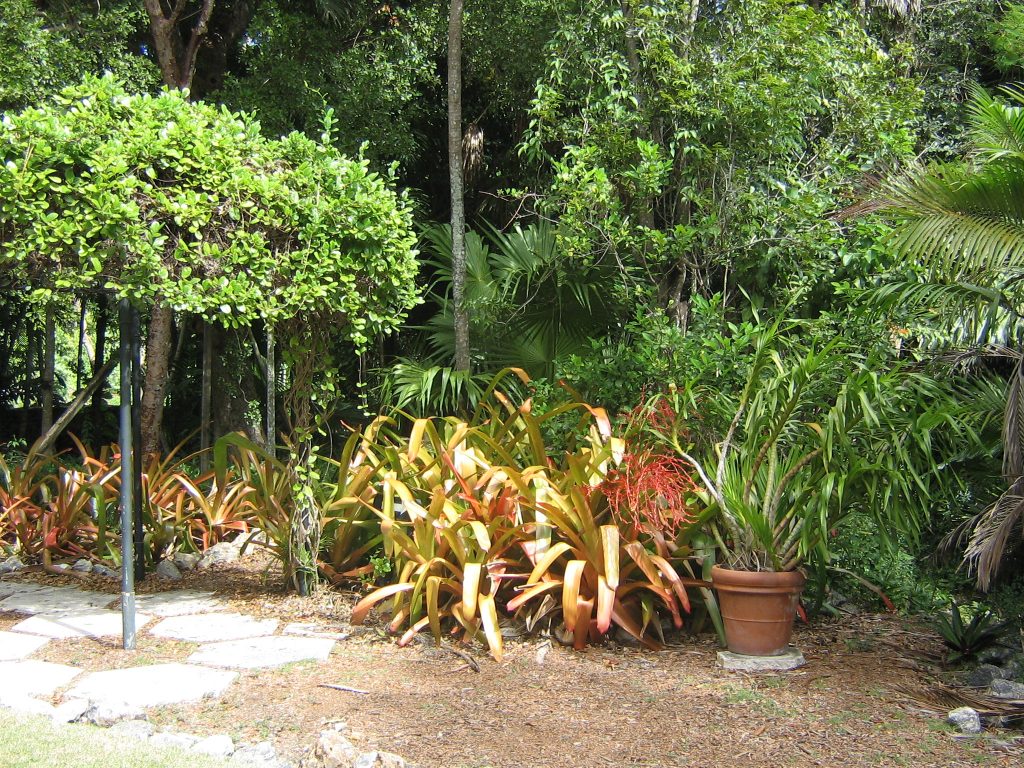
A peaceful scene at The Retreat. My Photo
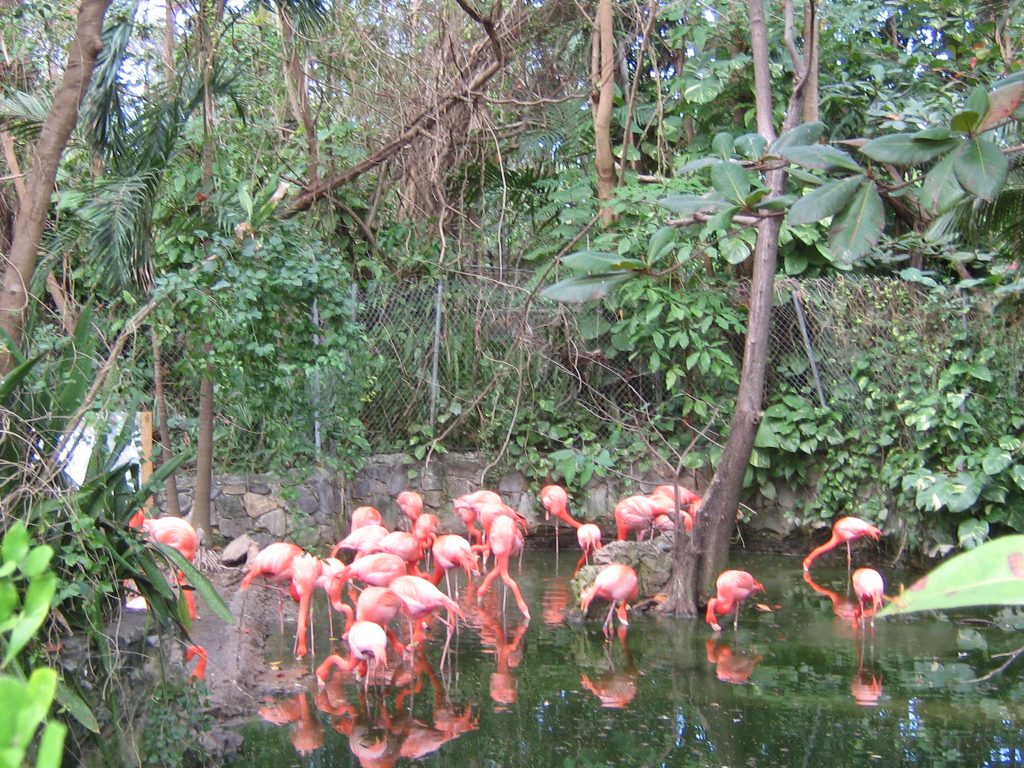
Flamingos at Ardastra Gardens. My Photo
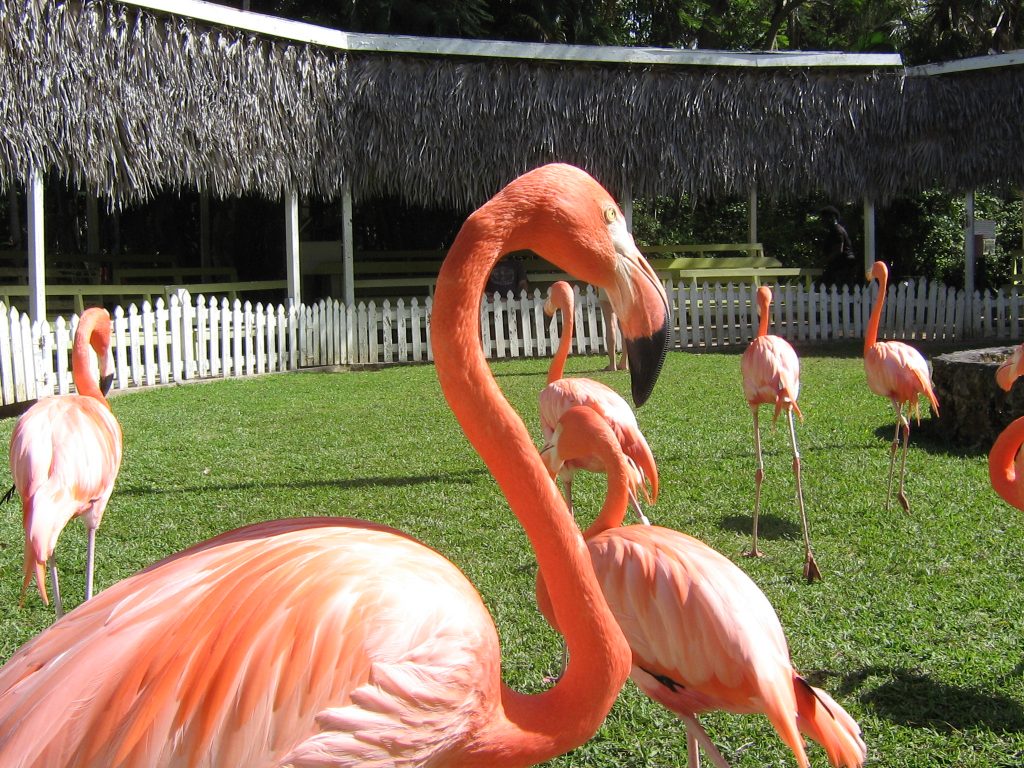
A Study in Flamingos at Ardastra Gardens. At certain times of the day a park-keeper drills these birds to march up and down to his order. My Photo
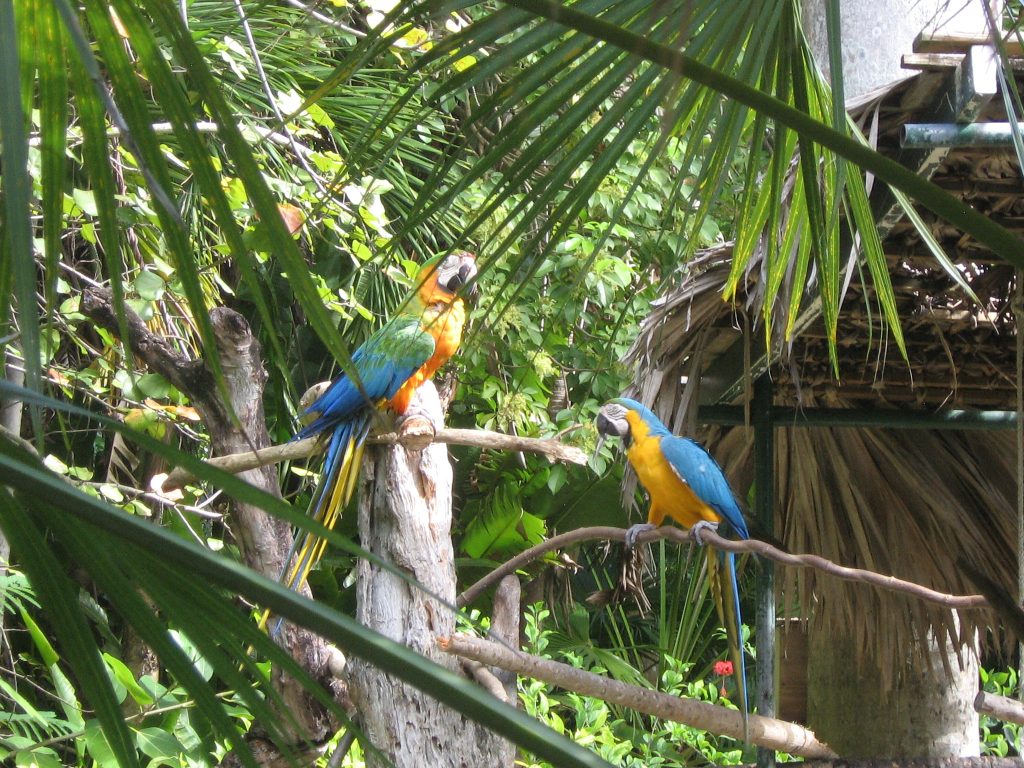
Exotic Birds at Ardastra Gardens. My Photo
I went on a catamaran trip to offshore Rose Island and bathed in the sea while most other trippers went snorkelling, which I didn’t fancy.

A cool dude on a catamaran. My Photo
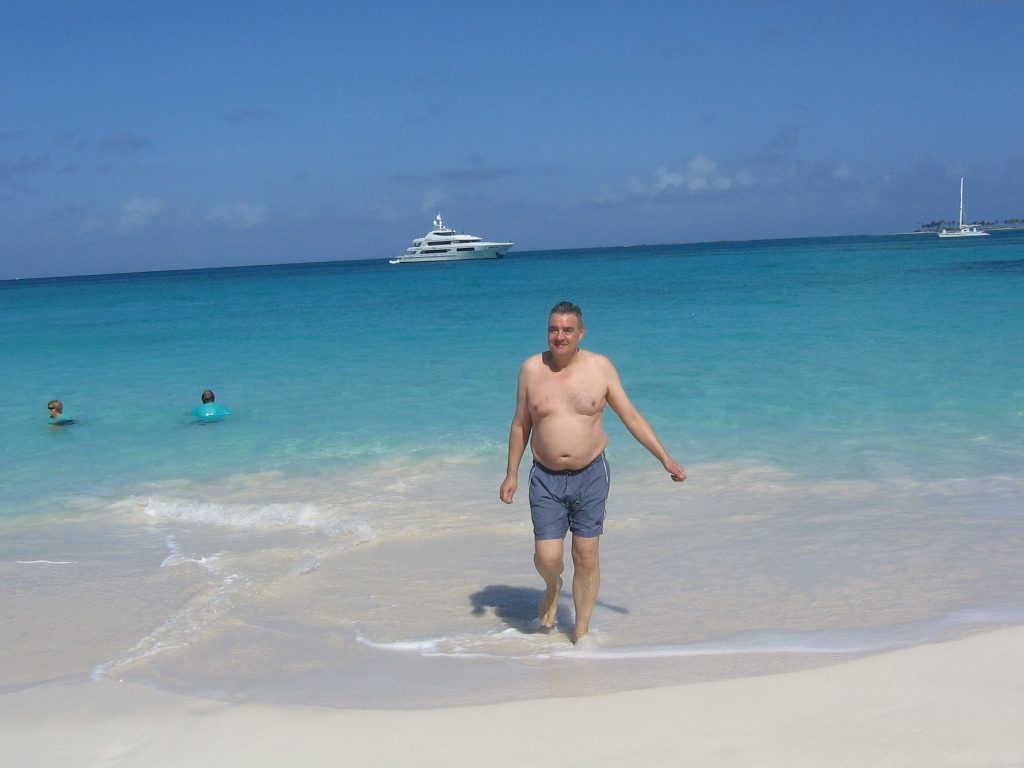
A monster emerges from the sea at Rose Island. My Photo
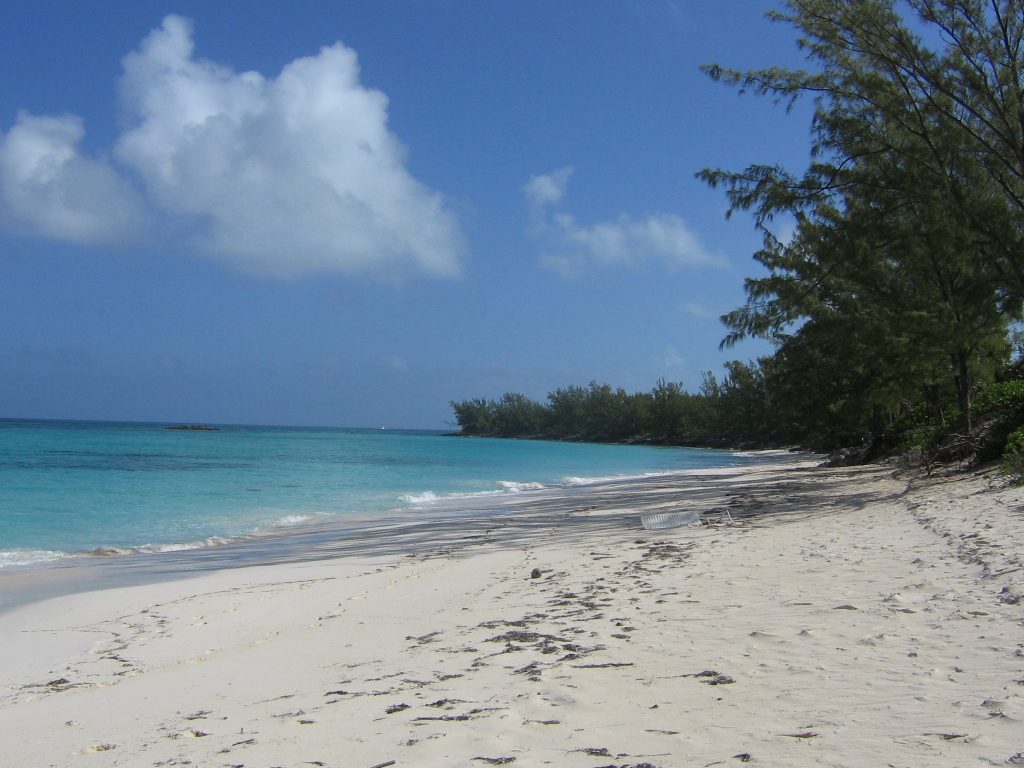
A view from Rose Island. My Photo
I took a bus trip to Clifton Heritage Park, a former slave plantation at the western tip of the island, and leaned something of its history of slavery and emancipation.

A moving memorial to slavery at Clifton Heritage Park. These tree-trunk representations of slave women are looking out to sea over sheer cliffs. It is reported that some slaves threw themselves to their deaths at this spot. My Photo
So, in the end, I really enjoyed my time in Nassau and gathered some invaluable research. My hotel was opposite Junkanoo beach and my favourite bar became that beach’s Salty Crab, where I was treated to bottles of the local beer and delicious lobster salad.
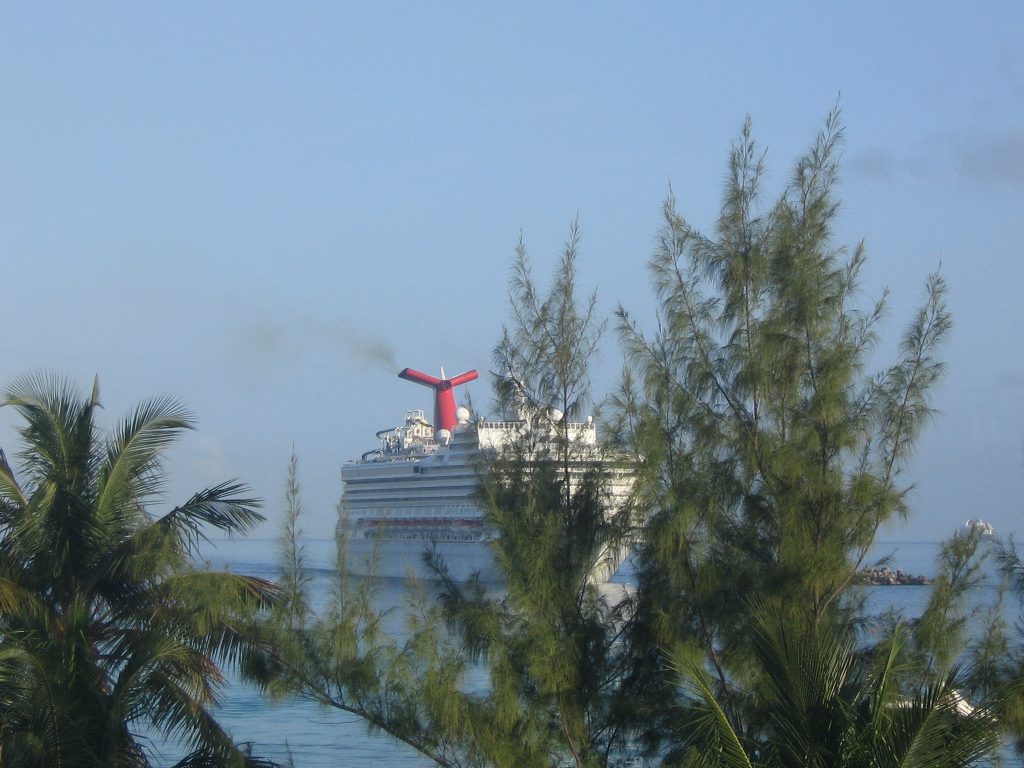
The view from my hotel window, as a cruise-ship arrives in the morning. My Photo
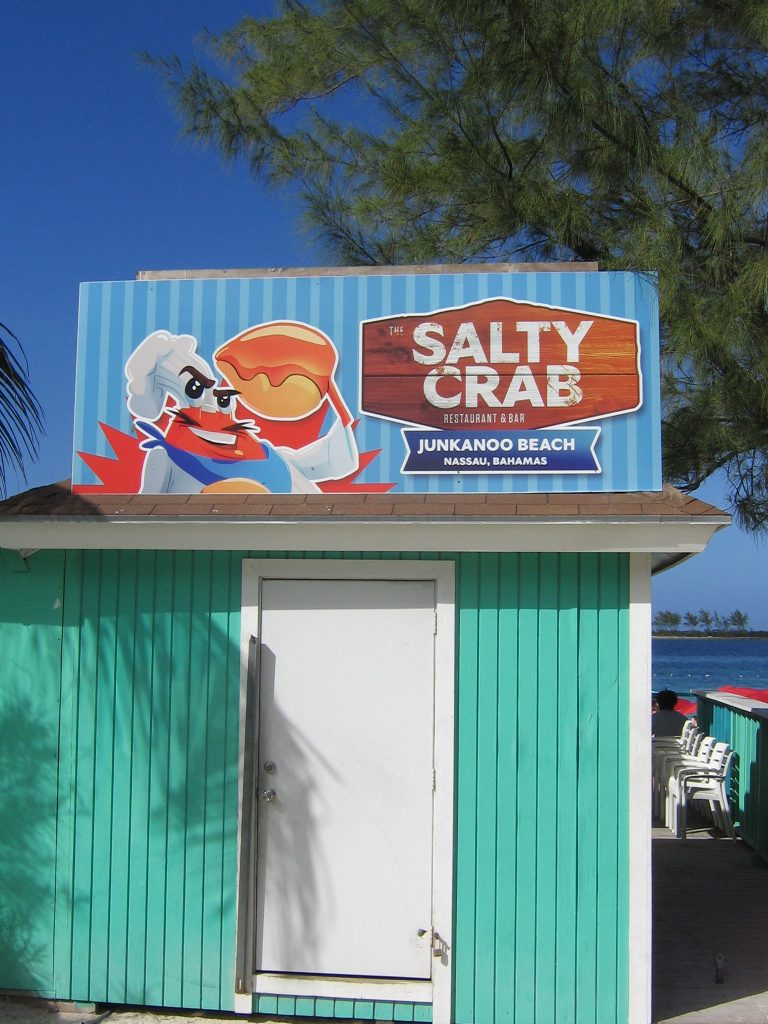
My favourite beach bar, The Salty Crab, Junkanoo Beach. My Photo
